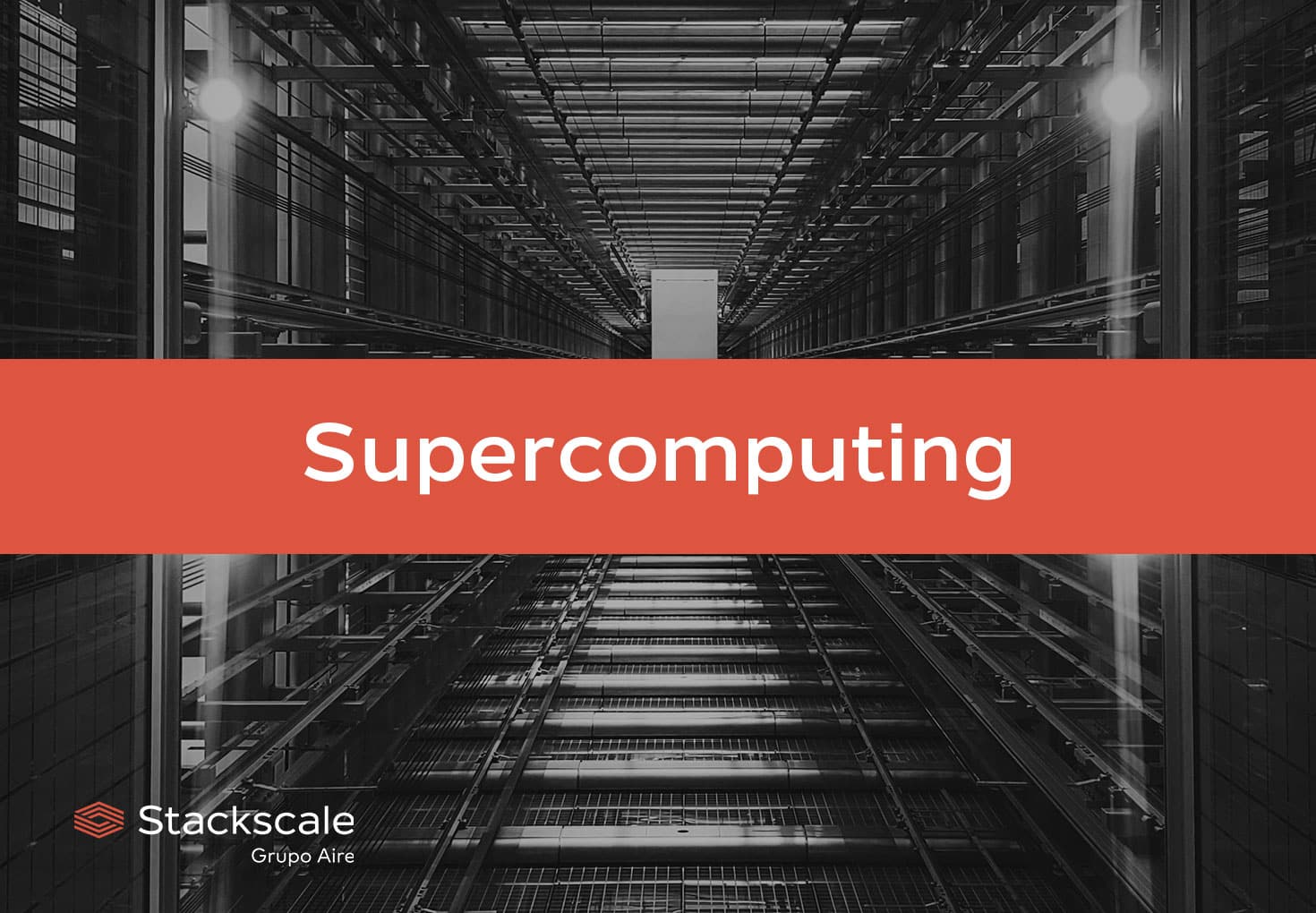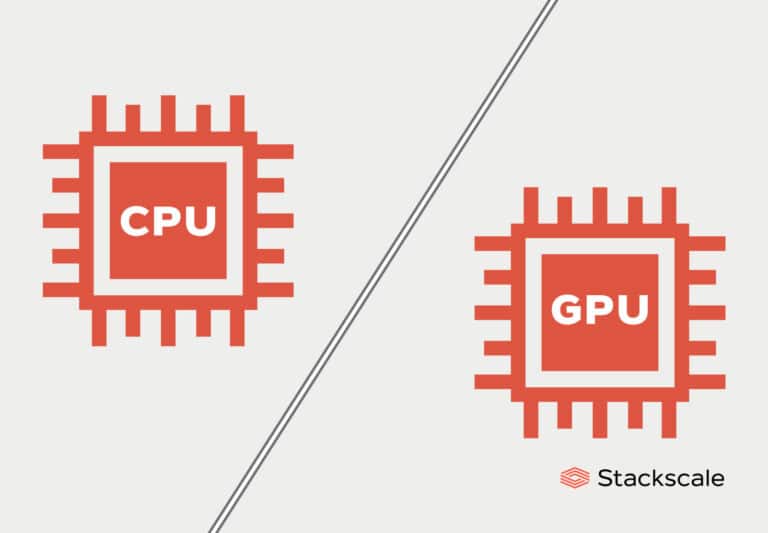Supercomputing is a type of high-performance computing that uses computers with high computational capabilities (supercomputers) to process complex calculations and large volumes of data. Supercomputers are made up of more than one CPU, interconnects, I/O systems, memory and processor cores.
Performance and parallel processing
Supercomputing performance is measured in floating-point operations per second: FLOPS. The most powerful supercomputer nowadays exceeds 1,190 Petaflops (PFlops). A petaflop equals a thousand trillion flops. Here’s the list of the world’s 10 most powerful supercomputers nowadays.
Supercomputers contain thousands of compute nodes that can collaborate to solve complex, specific problems, thanks to interconnect communication capabilities. Parallel processing allows processors to work simultaneously to solve complex problems faster and accurately. Besides, supercomputers stand out for having huge primary memory capacity.
As for the operating systems, most supercomputers use Linux because it is easily customizable, supports all kinds of workloads, helps optimize consumption and resources, and requires no licensing, among other reasons.
Supercomputing use cases
Supercomputing serves diverse fields that require a high level of computing power to deal with complex calculations, huge volumes of data and simulations.
Research
Supercomputers are used for numerous research projects in a wide variety of fields, such as: healthcare, climate change or nuclear fusion. It contributes to the research and development of new treatments for cancer, weather forecasts, physical simulations, molecular modeling, and so on.
Artificial Intelligence
Artificial Intelligence (AI) is another field where supercomputing plays an important role. Parallel processing accelerates calculations and processing of huge sets of data, and high memory capacity allows processing larger volumes of data as well as increasing the accuracy of AI models.





